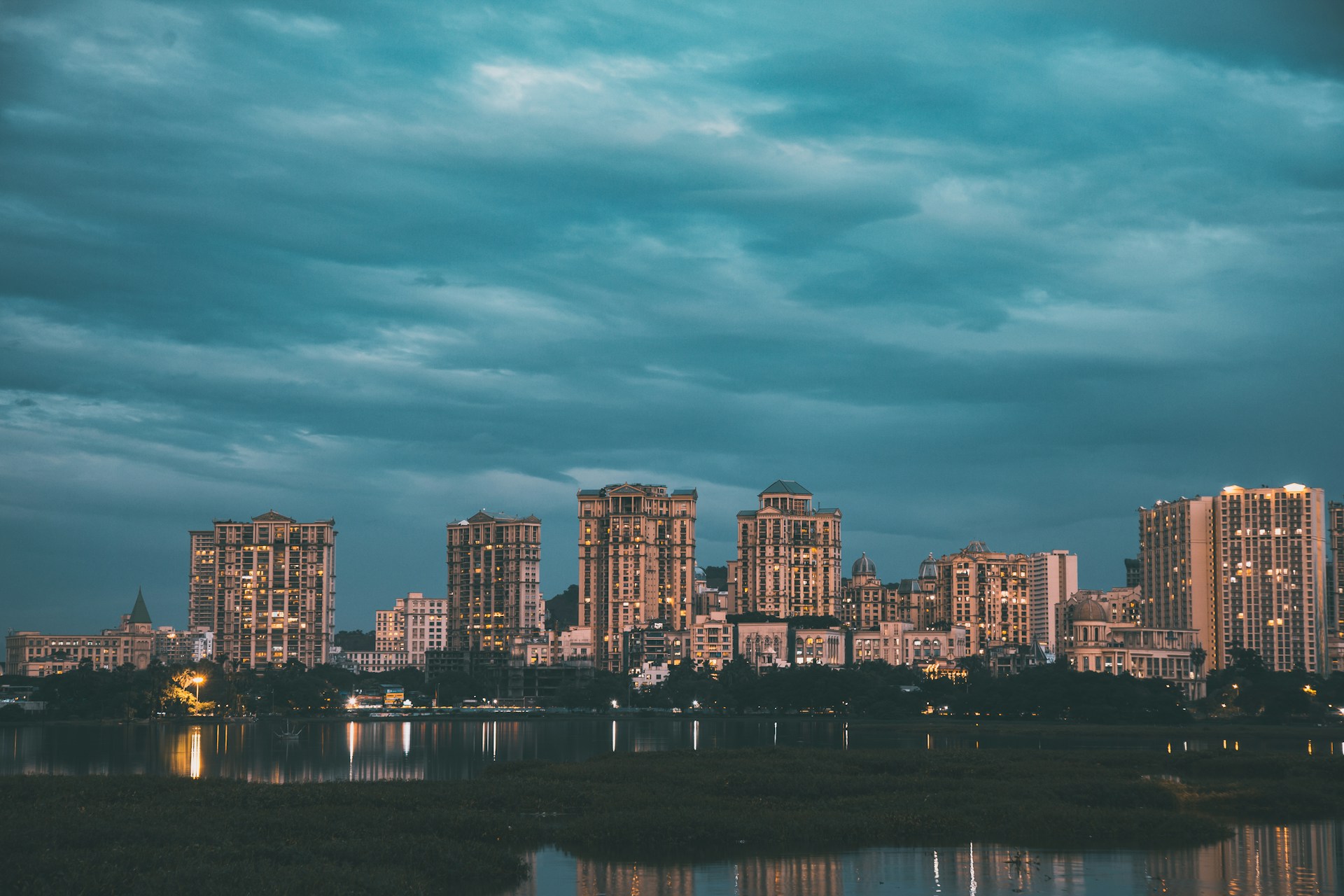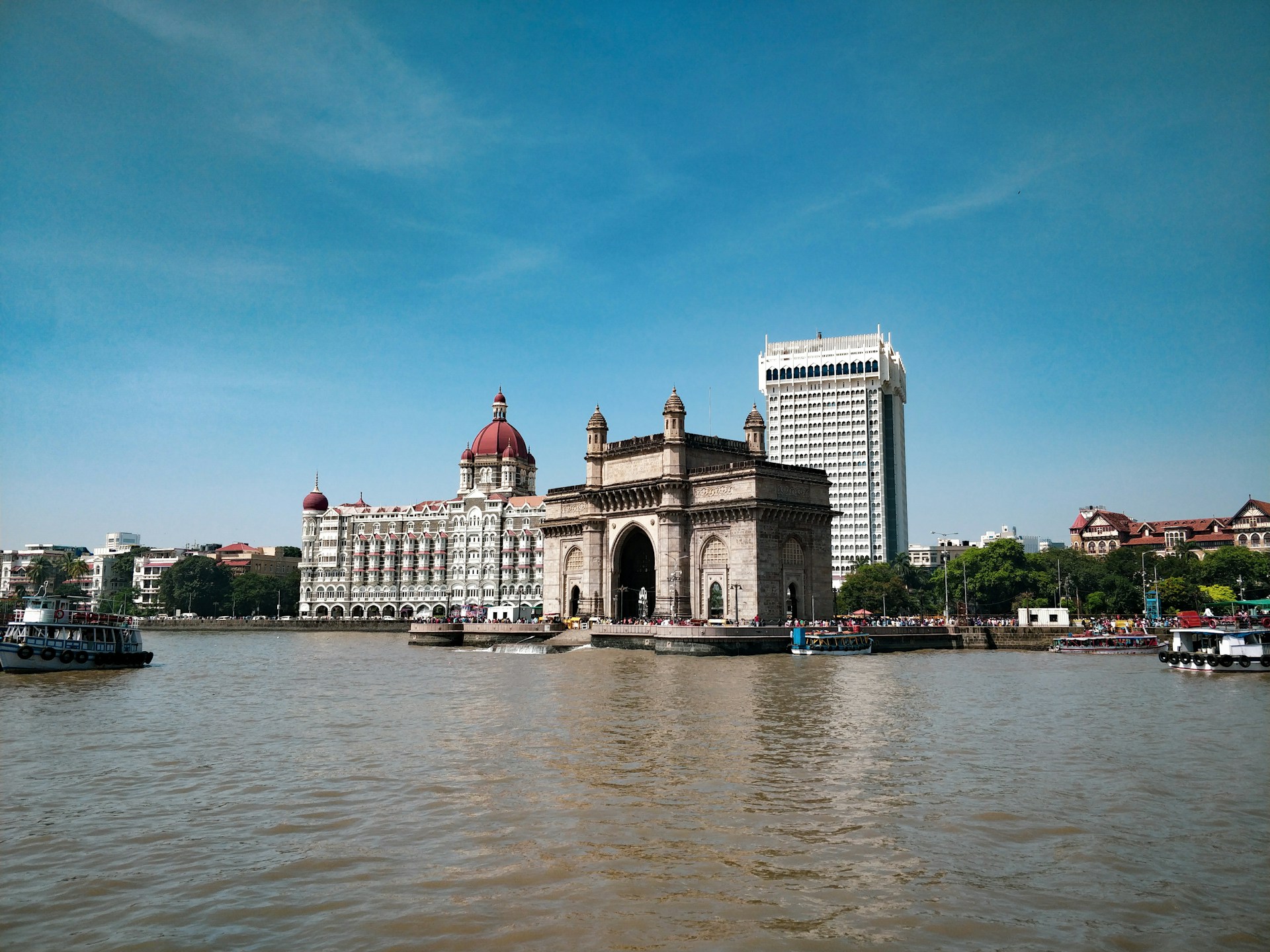Homeless Migrants in Mumbai and Labor
Based on empirical work in Mumbai, this article enquires into the experiences of homeless migrants in Mumbai.
It tries to locate these experiences within the larger processes of the neo-liberal envisioning of Mumbai as a global city, the ever-growing formalization of labor, and displacement and inadequate resettlement of people, resulting in restricted access to affordable housing, services, workspaces, and social welfare.
The analyses expose how homeless migrants in Mumbai perpetually suffer from the condition of suspended citizenship, lead their everyday domestic life under public gaze, face violence, and also confront civil society’s increasing assertion of rights over public spaces.
Labor migration from rural to urban areas is a persistent feature of developing countries like India.

Mumbai, like many big and thriving cities, has been attracting a large number of homeless migrants in Mumbai from all over the country.
A substantial chunk of the migrants, belonging to poor working classes, are unable to rent or own a home in the city.
They are forced to live either in public spaces such as pavements by the roadside, or at workplaces, or in slums or shelters of various kinds which do not qualify to be called homes.
Declaring 1987 as the International Year of Shelter for the Homeless, the United Nations defined a homeless person as not only someone who lived on the street or in a shelter but also someone whose shelter or housing failed to meet the basic criteria considered essential for health and social development.
These criteria included security of tenure, protection against bad weather, and personal security as well as access to
sanitary facilities and potable water, education, work, and health services (Speak and Tipple 2006).
The condition of homelessness is created when people migrating to cities may be in such a precarious financial condition that they cannot afford to buy or rent a house, even in a poor locality, or when they experience single or multiple evictions without resettlement.
The latest census data for migration is available for 2001.
Out of Mumbai’s total population of 11.97 million, 5.18 million or 47.3% was categorized as homeless migrants in Mumbai in the 2001 Census.
The migrants are predominantly from rural areas across the country, constituting two-thirds to three-fourths of all migrants.
The largest proportion of migrants come from Maharashtra (37.4%), Uttar Pradesh (24.3%), Gujarat (9.6%) and Karnataka (5.8%).
Work/employment and business were cited as the main reasons for migration in the 2001 Census.
The sex ratio among the homeless migrants in Mumbai from states other than Maharashtra was 615 females to every 1,000 males, indicating predominantly male migration from these states.
Most migrants are unskilled or low-skilled and undertake either menial or minor jobs or are underemployed.
With the growing informalisation of the service sector, half of the jobs generated by this sector are carried out by migrants.
Besides, they also engage in small-scale manufacturing of goods at home as well as other low-income self-employment activities.
“At least half of the homeless migrants in Mumbai have become indispensable to the city’s economy by filling in cheap labour-oriented and unskilled jobs” (MCGM 2010).
A baseline survey of 16,000 slum households done for the Mumbai Metropolitan Region Development Authority (MMRDA) in 2002 revealed that the average income of slum households was 2,978 per month and 40% of the households were categorized as below the poverty line (BPL).
Low income and poverty is further compounded by unaffordable housing and lack of supply of cheap housing, forcing the migrants to either live in slums, in many cases illegal/unauthorized, or squat in public places.
It is no surprise then that 54% of the Mumbai population in 2001 lived in slums under appalling conditions, occupying just 6% of the total land area of the city.
The 2001 Census enumerated 11,771 homeless households in Greater Mumbai with a population of 39,074.
Additionally, the number of homeless households in Mumbai city and its suburbs were 7,184 and 4,591 respectively, with corresponding populations of 24,000 and 15,074.
Though the number of homeless households as well as the population in Greater Mumbai has been steadily declining since the 1971 Census, the average size of homeless households has increased from 1.9 in 1971 to 3.3 in 2001, indicating that the homeless migrants in Mumbai are increasingly living with families.
“It is likely that the houseless population is under-enumerated, and the same may also be true for some short duration temporary migrants as well” (Bhagat and Jones 2013).
Unofficial estimates of the homeless population in the city put the figure at 1.5 lakh persons.
Also read: New Practices of Waste Management – Case of Mumbai

